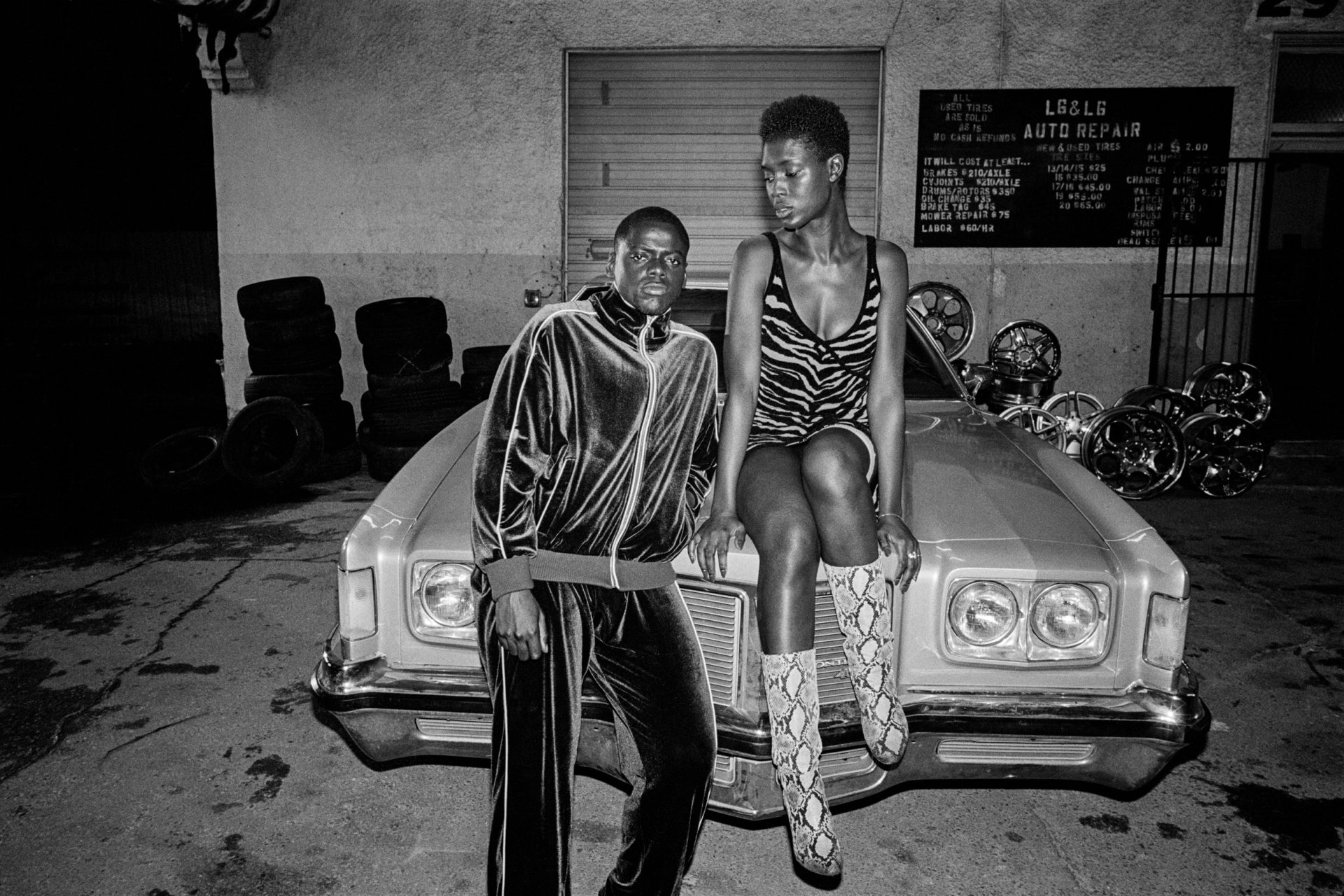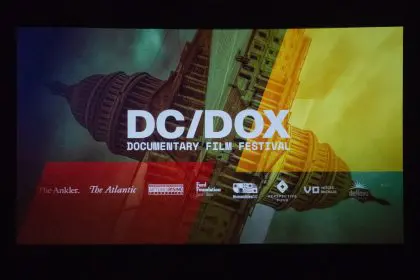
Atlanta’s thriving hip-hop and entertainment scene may have never happened without Organized Noize. The production trio (Rico Wade, Ray Murray and Pat “Sleepy” Brown) crafted Atlanta’s hip-hop sound while exposing the city’s culture to the national scene.
The story of Organzied Noize is highlighted in the new documentary The Art of Organized Noize. The film, which will premiere on Netflix on March 22, was recently screened at SCAD in Atlanta. Organized Noize was joined by several members of the Dungeon Family including Big Boi of OutKast and Big Gipp of Goodie Mob. Former LaFace Records execs Shanti Das and Kawan “KP” Prather were also in attendance. A capacity crowd witnessed the highs and lows of Organized Noize in a film directed by QDIII and produced by Queen Latifah’s Flavor Unit.
The film starts by delving into the humble beginnings of Organized Noize and their use of an unfinished basement at a home once owned by Rico Wade’s mother. Nicknamed “The Dungeon” due to its decrepit decor, “The Dungeon” served as the first production studio space for the trio to craft music. The music gave Atlanta a voice and helped to build the careers for acts such as OutKast, Goodie Mob, and TLC.
One of the most intriguing aspects of the film is how it reveals the creative process of certain songs, in particular, TLC’s hit, “Waterfalls.” In an age where sampling was heavy in urban music, Organized Noize rarely relied on samples and created songs with a heavy use of instrumentation.
With the success of OutKast, Goodie Mob, and TLC’s “Waterfalls,” Organized Noize appeared to have reached the pinnacle of success by signing a $20 million production deal with Interscope Records. But Wade and Brown becoming engulfed by the party-driven Los Angeles lifestyle and Interscope’s lack of understanding of Southern-based music caused the partnership to eventually dissolve. The trio also began to miss out on production credits as OutKast started to hone their own sounds by producing music for themselves. Drug use, a change within the music scene, and a lack of communication between members led to a dark period for Organized Noize.
Commentary from the trio, Puff Daddy (the director of “Player’s Ball” video), L.A. Reid, Pebbles, OutKast, Goodie Mob, Future (Wade’s cousin) and others who witnessed their rise add perspective to the film.
Overall, The Art of Organized Noize does a great job documenting the important story of a production team that changed the landscape of American music during the 1990s.











